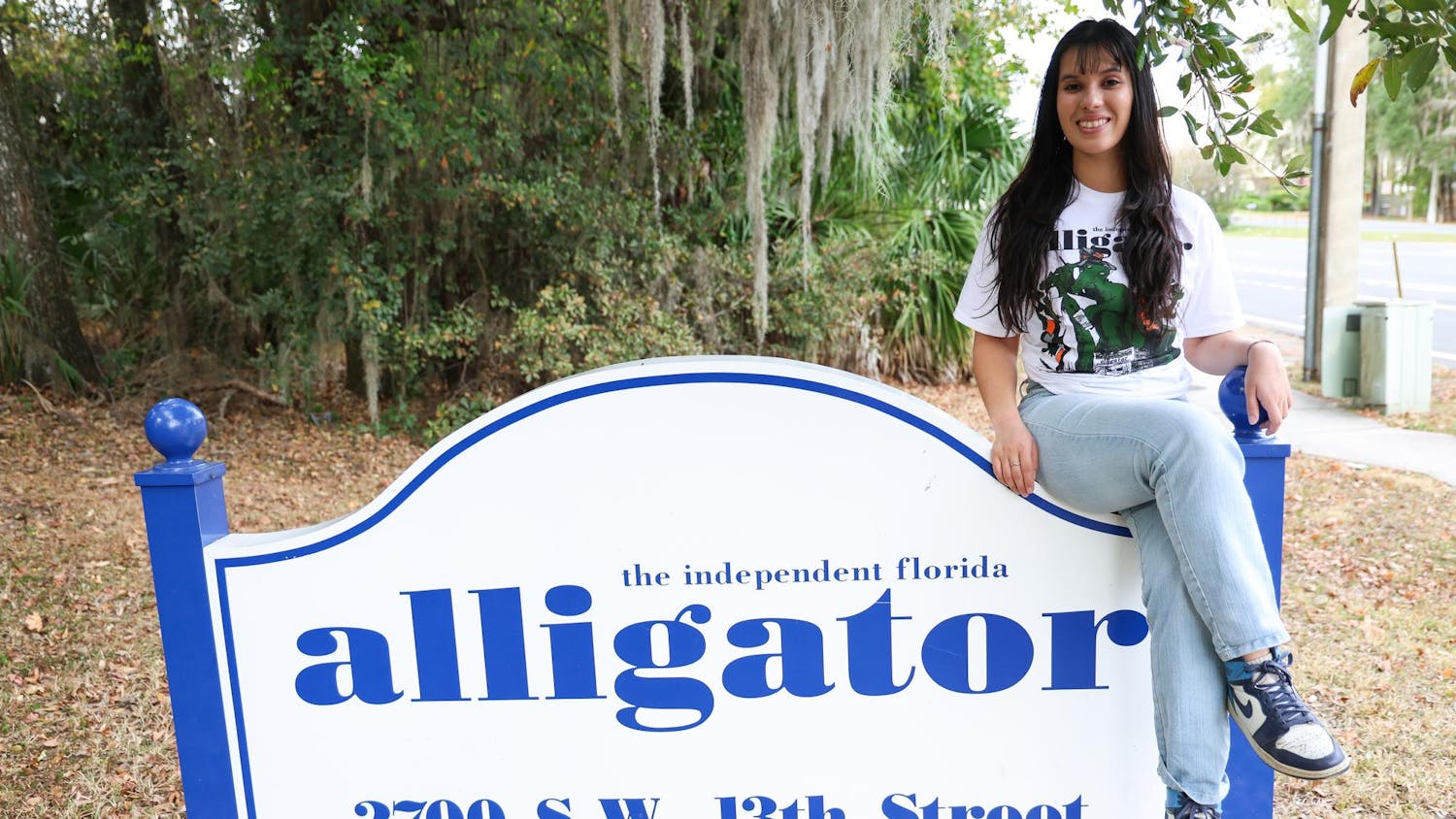I am absolutely disgusted and disappointed by a picture I saw on my Facebook feed today.
In a picture originally posted on Instagram — now screen-captured for the world to see — two apparently white males are dressed in black tank tops, with sagging pants, do-rags, fitted caps and gold chains — all the makings of a rapper. The problem in the picture is these guys decided to color themselves brown.
They couldn’t just be white guys in hip-hop attire, huh? They just had to be black.
This is ridiculous.
Are we really still employing blackface in this country as a means of entertainment? Is it 2012 or 1848?
Sure, I realize we, for the most part, don’t receive well-rounded high school educations. I know we learn nothing more than surface-level trivia about the contributions of African-American people in this country.
Is it your fault that the only black people you learned about in grade school were MLK and maybe George Washington Carver? No, it isn’t.
Hell, you probably only spent five milliseconds learning about the contributions of people other than our Founding Fathers.
But for students at UF, an institution that prides itself on being a “public Ivy,” to host what was apparently a BET vs. CMT party — something I see as ignorant in and of itself — and think it’s OK for people to color themselves brown is absolutely ignorant.
Should there be consequences? Sure, but they should come in the form of social education.
We at UF cannot allow our fellow Gators — or fellow Americans for that matter — to remain completely ignorant to the history of offensive institutions like blackface.
This is only one aspect of the social ignorance that’s running rampant in this country, but if we’ve got to start here, fine.
There needs to be forums. There need to be seminars and classes to teach us why this is unacceptable. There should be some public outcry.
I’m not calling for anything extreme. I just want us to educate ourselves. If we do, maybe, just maybe, we can be a more united and prosperous society.
Billy Kennedy
UF journalism senior
I am a second-year student in the UF College of Veterinary Medicine. In our ethics class last year, we had a debate on Operation Catnip and feral cats that included a presentation from Dr. Levy, and also from a wildlife veterinarian at the college.
In short, a person has to side with cats or with wildlife — not both. It is true that feral cats are incompatible with wildlife, and Operation Catnip makes the lives of the kitties better but doesn’t make the lives of the wildlife better. In the Alligator article on this issue, Dr. Levy is quoted, “The results of our study indicated that long-term reduction of free-roaming cat numbers is feasible by [Trap-Neuter-Release],” Levy wrote in an article published in 2003. “It has been reported that feral cats become less aggressive toward each other and more friendly toward their feeders following neutering, and this may have encouraged adoption of previously feral cats.”
First off, sure, less aggression may mean more adoptions. Sounds great. But what about all the cats that bide their time at the shelter and are euthanized because there aren’t enough homes? So, why is making a feral cat more adoptable beneficial?
There’s a limited amount of space, so it’s unlikely a large proportion would be adopted, regardless of how friendly they become.
While her quote, overall, sounds very humane and great for cats, if cats are less aggressive to each other, then their survival rates increase. Kitten survival rates also increase because neutered tomcats are no longer territorial and no longer kill kittens. But the population is sterilized, right? So, what kittens? TNR is only truly functional at controlling a population when that population is isolated from any immigration into the colony.
Studies have been conducted that prove that when immigration occurs, the feral cat population actually increases in the face of TNR programs — all due to the other factors at play (such as the decreased aggression to each other).
One other point of controversy is the legality of Operation Catnip. Florida law states that it is illegal to release any nonnative species into the wild without a permit. Cats are considered nonnative. It has been known for quite some time that Operation Catnip is technically illegal. When it was first founded, a lawyer attempted to sue the program for this. The lawsuit was dropped due to the uproar and support of TNR from cat lovers, and also for political reasons (for one, Bernie Machen’s wife decided to be a large proponent of the program).
Of course, there’s always the flip side of the coin that argues for the cat’s welfare. Of course, it seems more barbaric to kill them than to neuter, vaccinate and release. Of course, kitties will be happier to return to their colonies and live out their days. But again, this is an issue that demands a choice for cats or for wildlife — not both. UF is a designated wildlife sanctuary, so I understand that their priority is to save and protect the wildlife on campus, not the feral cats. It doesn’t make them horrible people — just people with different priorities on an issue that doesn’t leave much wiggle room for compromise.





